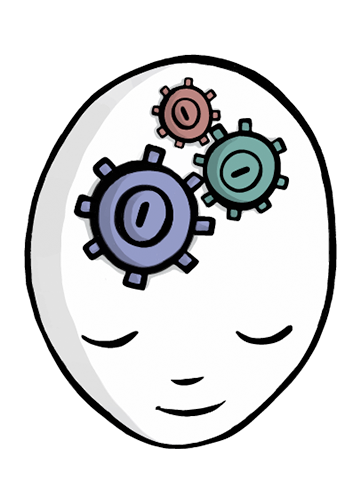Brief Dynamic Therapy – 20 Sessions
a time-efficient treatment
Brief Dynamic Therapy – 20 Sessions
Brief dynamic therapy is a time-efficient treatment in which the therapist maintains a focus on specific client issues and goals, all within a basic psychodynamic framework. This treatment is distinguished by its emphasis on finding an issue on which to focus in therapy, a characteristic intrinsic to it being time limited (therapy generally runs 12–25 sessions). Common characteristics of this approaches include time management, defined focus, circumscribed goals, active therapist participation, rapid assessment, prompt intervention, an awareness of unconscious processes, and techniques that quickly foster a strong alliance with the client. This concise volume focuses largely on one popular model in particular: time-limited dynamic psychotherapy (TLDP). TLDP is an integrative approach that uses techniques from attachment theory, interpersonal neurobiology, affective–experiential learning, and systems orientations to help clients with long-standing, dysfunctional ways of relating to others.
Brief dynamic therapy is a modification of traditional psychoanalytic work that has existed in some form since the 1930s–1940s. Arguably, Freud practiced what amounted to brief dynamic therapy in that he rarely saw a client for more than a year. Brief dynamic therapy differs from traditional psychoanalysis in that it is quite brief—anywhere from 1 to 40 sessions, with a typical range of 12 to 25 sessions. It draws on psychoanalytic theory to understand the client and psychoanalytic techniques to conduct the therapy.
Although its recent popularity has been fueled in part by the demands of managed care, this approach has been widely used since the 1970s and has been empirically proven to be effective. It is most useful for clients with depression, anxiety, adjustment disorders, and minor personality disorders; it is not recommended for clients with the more serious mental disorders (e.g., schizophrenia).
Aside from being short and the therapist being quite active, brief dynamic therapy’s most distinguishing trait is its emphasis on finding a focus for the therapy: that is, an area or dynamic issue that the client and therapist can work on in an affectively meaningful way throughout the therapy. This emphasis helps to maintain the brevity of the work. In contrast to long-term psychotherapy, in which several issues may be handled over the course of therapy, brief dynamic therapy focuses on one or two issues so that the work with the client is as efficient and effective as possible. It is important that the therapist develop the ability to help the client find the key issue on which to focus, as doing so makes this therapy especially powerful.\
There are three stages in brief dynamic therapy:
- Find the focus of the therapy and build therapeutic alliance (initial sessions).
- Work toward resolving the focal issue (bulk of therapy sessions).
- Prepare the client for termination of therapy.
The termination phase is important in brief dynamic therapy because it often arouses feelings of separation and loss. The therapist encourages clients to experience and express their mixed emotions about termination and helps them to recognize what they have (and have not) accomplished in the time available.
Call us today
We are here to help!
